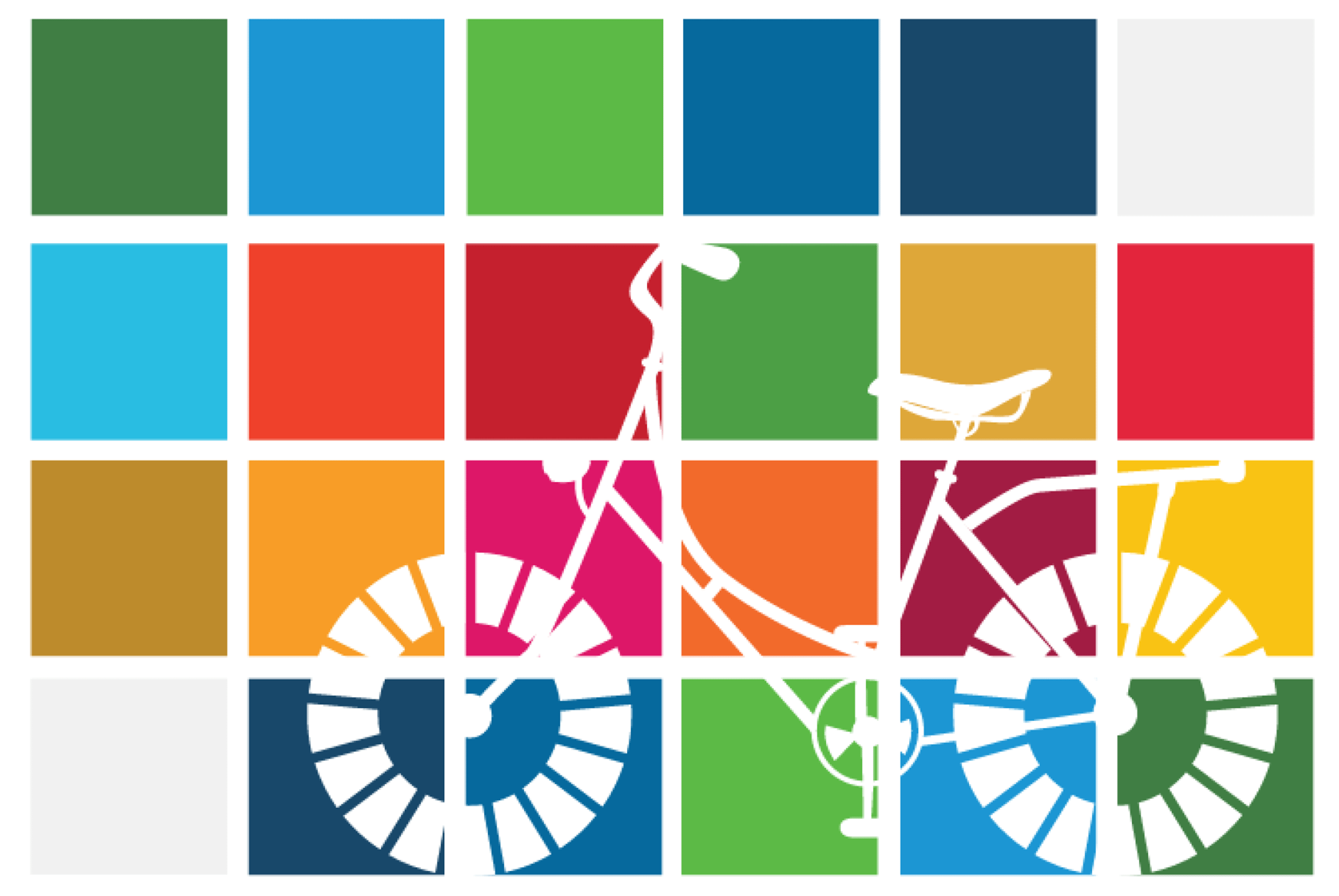
Trends in applying the SDGs in leisure and sport
It is possible that, since they were introduced in September 2015, you have integrated the sustainable development goals (SDGs) into almost every aspect of your life. This has also been undertaken by businesses and organisations where they have become a part of their corporate social responsibilities. In fact, in the leisure and sport sector, 90% of the businesses express their commitment to these and adjust their offers.
What are the sustainable trends in leisure and sport?
Clientele is ever more demanding with the sustainability requirements they must meet in their leisure events. Therefore, you can discover these trends in numerous proposals. Let us tell you about them.
Music festivals
For a few years now, music festivals have incorporated certain conditions into their line-up posters aimed at sustainability and in reducing their environmental impact. In a sense, they are becoming increasingly greener and put a number of initiatives into practice. These are some of them:
- Use of photovoltaic panels.
- Use of reusable cups and manufactured with ecological materials. Some have made plastic disappear.
- Encourage sustainable mobility.
- Promote circular economy and local commerce.
- Participate in numerous social initiatives, such as Fan Futura in Murcia, to recover the Mar Menor.
Sustainable travel
Almost 80% of tourist travellers use environmentally friendly transport and, in addition, have an outlook of preserving cultural heritage.
Conversely, 70% of the people who visit theme parks prefer them to be sustainable. Which is why, closed water circuits or the use of LED lights can be found in these more frequently.
Hence, there is beginning to be a wide range of tourist trips that focus on sustainability. These are holiday packages or activities that promote the conservation of terrestrial or marine biodiversity. On occasion, they also share social initiatives such as promoting decent salaries and the prohibition of child labour or they, directly, generate a positive environmental impact.
Sport for achieving the SDGs
There are major initiatives in the world of sport that do their bit in the climate battle. For example, the Football for the Goals initiative raises awareness to integrate the SDGs in this world. There are also important clubs that promote women’s leagues, since these have not enjoyed the prominence they deserve in the media. Conversely, significant amounts of money are being invested to promote the inclusive competition.
No less relevant is the role inclusion plays in the neighbourhoods (in particular, in the slums) in order to provide real opportunities for children and adolescents.
Other trends
These are of a different nature:
- Technology against a sedentary lifestyle: These are sports watches or activity trackers that encourage you to move and better yourself every day. In fact, if we look at the figures, thanks to these tools, 6.1% commenced outdoor activities. In terms of those who did so at home, the figure rises to 17% in 2020.
- Smart sportswear: This is usually manufactured with next-gen and sustainable fabrics. Its features include, temperature regulation, repelling perspiration, etc.
- Videogames: Part of this industry is including the ecological footprint into its games. At times, in parallel universes or in metaverse. This means a standardisation in the minds of children, adolescents and adults.
Therefore, achieving the SDGs, due to their good reputation, has received support from leisure and sport. This has meant a mind shift in society, which has begun to demand other requirements different to those that are traditional. In the areas we have outlined for you as well.
